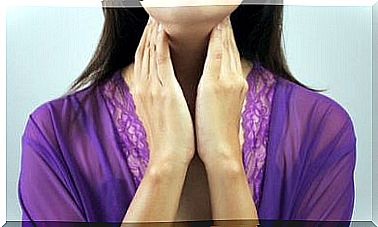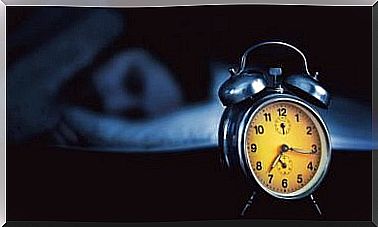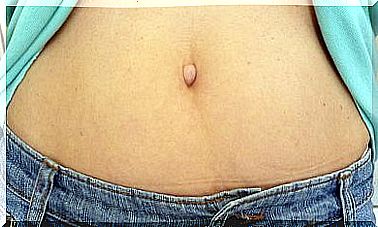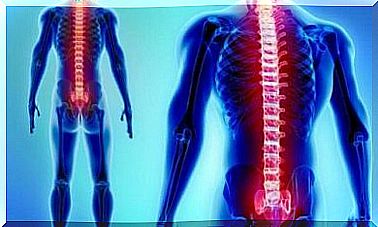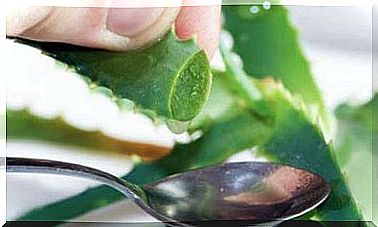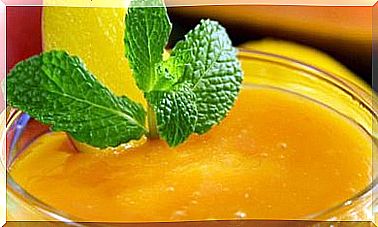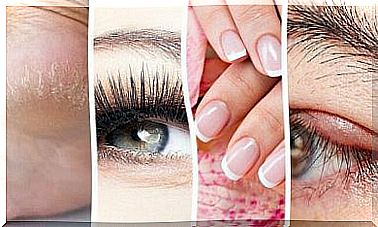What Is The Neuromuscular Bandage Used For?
In Japan the technique of the neuromuscular bandage has found a lot of supporters. Even if it has not yet been fully explored on a scientific level, there have been many positive results.
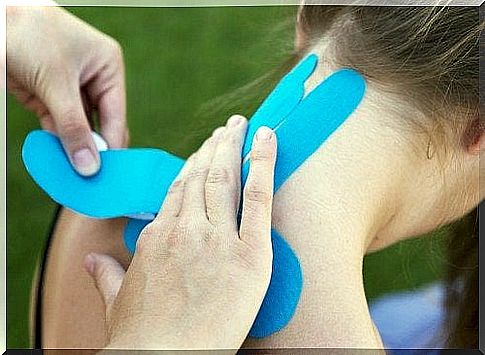
The term neuromuscular bandage sounds strange, but you may have met someone on the street with different colored bandages on one or more parts of their body.
What kind of stripes are they? What are they used for? How do they work Can anyone use it?
These strips of allergy-inhibiting acrylic are put on to heal injuries and other illnesses. Together they create a technique called neuromuscular bandage . It was invented in 1970 and was very popular in countries like Japan.
Below we explain why this technique is very useful in various treatments, not just for athletes and professional athletes.
What is the neuromuscular brace?
The neuromuscular bandage is also called kinesio taping. It is a technique in which hypoallergenic, waterproof, elastic cotton pads are placed on specific injured areas of the body.
To allow freedom of movement, the bandages are made of a material that can be stretched by up to 140% of its original length.
If you put them on the skin, they can stick there for several days. However, after three or four days you have to change them.
It appears that the bandages do not interfere with flexibility and movement. On the contrary, they support them so that they recover more quickly.
That is why they are also a good addition to other therapies, such as massages.
The colors of the bandage
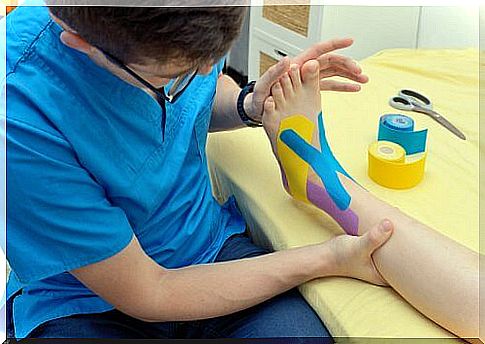
Depending on the place of application, the train, the type of injury and other factors, the bandage has different colors. The blue and black bandages are used, for example, to relax the muscle (which is why they have a certain pain-relieving effect). Pink and yellow bandages, on the other hand, have a stimulating effect.
How do they work? Once you put it on , the heat released by the movement activates a type of massage that alleviates the discomfort.
Benefit of the bandage
While its effectiveness has not yet been confirmed by clinical trials, many swear by the fact that this technique is very useful and offers the following advantages:
- Promotes lymphatic drainage
- Activates blood circulation
- Supports better posture (improves alignment of weak muscles)
- Gives joints and muscles extra support
- Reduces muscle fatigue (relieves inflammation and pain)
It is also believed that their use can be very useful in reducing the use of anti-inflammatory drugs such as ibuprofen, as these cause side effects in our body.
What is it recommended for?
- Muscle stiffening
- Back pain
- Sports injuries
- muscular overexertion
- Carpal Tunnel Syndrome
- to treat muscle spasms
- Problems with blood circulation and drainage (cellulite, sagging, edema, etc.)
How does the neuromuscular bandage work?
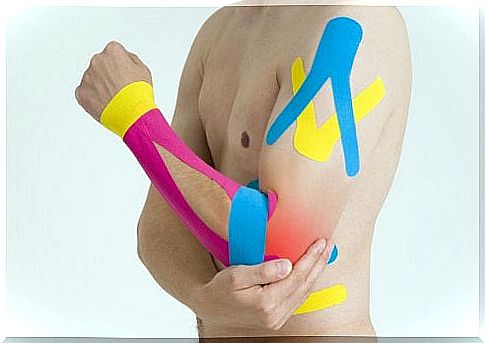
The bandage is applied to the area to be treated. Depending on the case, this happens with greater or less flexibility, but always in a position of tension. Then, when the person takes their normal posture, the bandage has an accordion-like effect.
There is a microscopic elevation of the skin, thanks to the flexibility and the wavy shape of the fiber. This will reduce the pressure on the injury and avoid stimuli that could be painful.
Requirements before application
- The skin must be clean, dry, depilated and without cream or oil (otherwise the bandage may not adhere properly).
- The ends of the strips must always be rounded so that they adhere better.
- We can take a shower without any problems, but we avoid touching the adhesive plasters or lathering them with soap.
- In the event of irritation, it is necessary to see a specialist immediately to remove it. However, itching may occur due to the improved blood circulation.
To note
It is best to go to a physiotherapist so that he can apply the neuromuscular bandage after an examination. It seems very simple, but as a layman it is better not to do it yourself at home, as that could be counterproductive.
